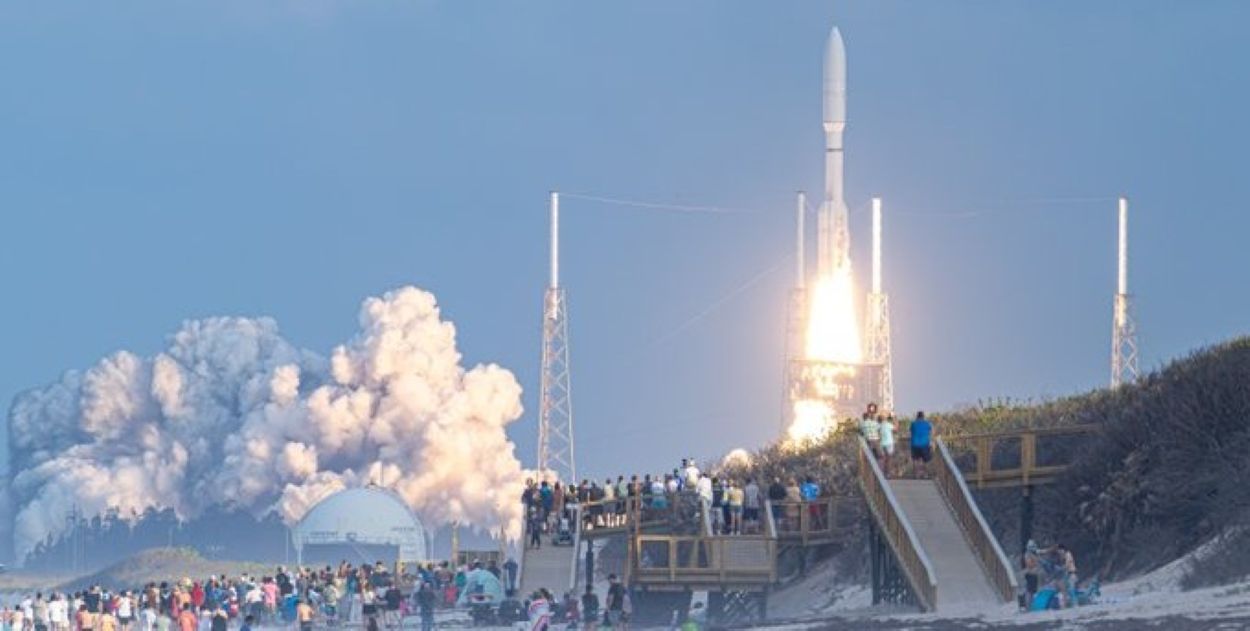On April 28, 2025, a United Launch Alliance (ULA) Atlas V rocket lifted off from Cape Canaveral Space Force Station in Florida at 7:01 PM EDT, carrying 27 satellites for Amazon’s Project Kuiper.
This marked the first of over 80 planned launches to create a mega constellation of 3,236 satellites. The initiative aims to provide global broadband internet, competing with SpaceX’s Starlink, which operates over 7,200 satellites. Customer service will begin in 2025, using advanced satellite-to-ground networks to route data.
Nominal start to our KA-01 mission. We’ve already established contact with all 27 Kuiper satellites in orbit, and initial deployment and activation sequences are proceeding as planned. Thanks to @ULAlaunch for a successful launch – the first of many missions together. pic.twitter.com/XyG0UCgjuX
— Project Kuiper (@ProjectKuiper) April 29, 2025According to Space.com, the satellites were initially deployed at 280 miles (450 km) and will manoeuvre to their operational orbit of 392 miles (630 km).
Amazon’s upgraded spacecraft features phased array antennas, optical inter-satellite links, updatable software, solar arrays, and efficient propulsion for high-performance connectivity. Future launches will use Atlas V and ULA’s Vulcan Centaur rockets, and 80 additional satellites are planned for the coming months.
Read: White House Slams Amazon Over Reported Tariff Surcharge Label
Project Kuiper’s launch represents Amazon’s ambitious push to bridge the digital divide, offering end-to-end network services accessible worldwide. The company’s innovative technology aims to rival Starlink’s operational architecture, positioning Amazon as a key player in the satellite internet race.






